How do you communicate with someone over the internet?
We guess options such as via email, chat, video conferencing, would be your immediate responses. We would say the same!
How does an email that’s sent reach the correct recipient? How do your chat messages get delivered to the right person?
Yes, there is an email address, an SMTP server (outgoing mail server) or chat server that does all the work in the background. But, how do the sender’s and receiver’s devices actually communicate with each other?
How do they know where to send the message or the email?
This is where Internet Protocols (IP) and an IP address comes into play.
This post is going to outline the two main internet protocols, IPv4 and IPv6. We’ll then discuss the role IP addresses play in how the world wide web works.
What Is an IP Protocol?
The IP protocol is essentially a set of rules for routing data across a network. It’s a methodology that has been around since the birth of the internet and slowly evolved alongside it.
The IP protocol works alongside the Transmission Control Protocol (TCP) to ensure everything connected to the internet knows how and where to send traffic. That’s why you sometimes see it as TCP/IP.
IP breaks up data into packets. These include the header, which includes the destination IP address, sending IP address and other information. It also includes the payload, which is the actual data you’re sending.
The IP protocol works alongside the Transmission Control Protocol (TCP) to ensure everything connected to the internet knows how and where to send traffic.
IPv4, Internet Protocol Version 4 is the current standard. The upcoming standard is IPv6.
Internet protocols are a deep subject and not something we can cover in enough detail here.
Check out this page for more detail on it.
What Is IPv4?
Internet Protocol v4 was the first version of IP to be used. Launched back in 1983, IPv4 is still the most popular version used to identify devices on the network.
IPv4 uses a 32-bit address, a format that you’re probably most familiar with, and provides almost 4.3 billion unique addresses.
An example of an IPv4 address is 172.67.166.64.
Parts of IPv4:
- The network part shows the unique characteristics that are assigned to a network – 172.67.166.64
- The host part is the unique number that identifies your machine on a network – 172.67.166.64
- The subnet number is appointed to local networks that have massive numbers of hosts – 172.67.166.64
- The device number is assigned by local DHCP servers to individual devices
– 172.67.166.64
Characteristics of IPv4:
- IPv4 is a 32-bit IP address
- IPv4 is a numeric address separated by a dot
- There are 12 header fields, and the length of each header field is 20
- IPv4 supports Virtual Length Subnet Mask (VLSM)
- IPv4 maps to the MAC address of a network card using the Post Address Resolution Protocol
Advantages of IPv4
- To maintain privacy and security, IPv4 security permits encryption
- Using IPv4, it’s easy to attach multiple devices across an outsized network
- The IPv4 address is redefined and permits flawless encoding
- Routing is a lot scalable and economical
- Data communication becomes a lot more specific
Disadvantages of IPv4
- Limits internet growth
- Internet routing is inefficient
- Complex, slow, and frequent errors
What Is IPv6?
IPv6 is the latest version of an internet Protocol that uses a 128-bit address format and will eventually replace IPv4. IPv6 is an established protocol that is seeing growing usage, particularly in the mobile market.
IPv6 was created by an international group called Internet Engineering Task Force (IETF). They develop the technical standards required for the internet.
An IPv6 address is represented as eight sets of four hexadecimal digits. The groups are separated by colons (:). An example of an IPv6 address is:
2002:0db4:0000:0000:8543:8a2e:0033:7334
Let’s now look at the different types of IPv6 addresses.
Types of IPv6 Address:
- Unicast address: A unique node on a network that typically refers to a single sender or receiver
- Multicast address: A group of IP devices that can only be used as the destination of a datagram
- Anycast address: Set of interfaces that belong to different nodes
Advantages of IPv6
- Reliable
- Faster Speeds: IPv6 supports multicast, a feature that allows bandwidth-intensive packet flows to be sent to multiple destinations all at once
- With IPSecurity that provides confidentiality and data integrity embedded into IPv6, there is stronger security
- Efficient network routing
Disadvantages of IPv6
- Conversion: Due to the current widespread usage of IPv4, it will take a long time to shift to IPv6 completely
- Communication: IPv4 and IPv6 devices cannot communicate directly with each other. They need an intermediate technology to make that possible.
To Summarize IPv4 vs. IPv6
Most of the technical shortcomings in IPv4 have been addressed by IPv6. The significant difference is that IPv6 offers a 128 bit (16-byte address), giving you a much larger address pool.
The main downside of IPv4 is that it is running out of available IP addresses. With more devices connecting than ever before, this is becoming a problem. A problem IPv6 seeks to address.
There are 2^128 or 340 trillion, trillion, trillion IPv6 addresses. This should more than suffice for the trillions of internet devices in the future.
Since IPv6 comprises eight groups of characters, each 16-bit long, it is significantly larger than IPv4.
The key advantage of IPv6 is not having to share an IP and getting stuck with a dedicated address for your devices.
Using IPv4, a group of computers that want to share a single public IP need to use NAT (Network Address Translation). To access any of these computers directly, you will need to set up complex configurations such as port forwarding.
In comparison to IPv6, which has several addresses to go around, IPv6 computers can be accessed publicly without additional configurations, saving resources. However, most networks won’t allow public access due to security reasons.
A key disadvantage is that many network operators find working with IPv4 easier. Thus, while they may feel they have enough addresses, sticking with IPv4 will get progressively harder to do.
Do We Need a New IP Version?
While the 4.3 billion IP addresses in IPv4 might seem like a lot, we need many more IP addresses.
With the exponential growth of the Internet of Things (IoT), more and more devices are being connected.
Globally, about 4 billion people are using the internet. Any idea what the global population is? It’s well over 7 billion.
Do you see the need for more IP addresses?
In fact, IPv4 addresses are no longer freely available in the European and North American regions, and there is a waiting list for addresses to be released.
With many more people adding devices globally and an increase in IoT devices, it is evident that there are insufficient IPv4 addresses to service growing needs.
With unique IPv4 addresses running out, we need an alternative. That alternative is IPv6.
Wondering what happens to all the IPv4 addresses when IPv6 takes over?
All existing devices connected to the internet using IPv4 addresses will continue to work as they do now. Therefore, IPv4 and IPv6-based networks are expected to co-exist at the same time.
However, for existing network operators, it will become increasingly difficult and expensive to obtain new IPv4 addresses to grow networks.
Considering long-term network growth and global connectivity, network operators will need to implement IPv6 sooner or later.
Until the complete transition happens from IPv4 to IPv6, various mechanisms allow communication between the two IP addresses.
For example, NAT64 maps IPv4 addresses to IPv6 enabling them to talk to each other over networks. This allows for the exchange of traffic using different protocols while maintaining the existing IPv4 address.
IPv4 vs. IPv6: The Comparison
In addition to the very evident boost in the number of unique IP addresses, IPv6 brings in more functionality than IPv4.
For instance, do you want to send large media files or set up multimedia streaming without increasing the load on the network?
While IPv4 supports multicast, with IPv6’s multicast addressing support, you can simultaneously send bandwidth-intensive packets to multiple destinations without overloading network bandwidth.
IPv6 also has a built in Qos that ensures the data packets arrive in the right order for broadcasts.
Want your device to generate an IPv6 address automatically as soon as it puts itself on a network? No sweat! IPv6’s auto configuration feature allows you just that.
In comparison to IPv4-based networks where you have to add devices manually to a network, in the IPv6-based network, it all happens automatically.
Once turned on, the device looks for an IPv6 router. On locating one, the router generates an address, thereby allowing access to the broader networks. While this happens with IPv4, you need some kind of DHCP server to assign addresses.
The configuration capabilities that IPv6 offers allow you to stay connected to multiple IP addresses simultaneously.
Apart from the enhancement in functionality, here are the more noticeable differences between IPv4 vs. IPv6.
The obvious one is the difference in IPv4 and IPv6 formats. While IPv4 uses a 32-bit address, IPv6 uses a 128-bit address. This translates to IPv6 offering 1,028 times more unique addresses when compared to IPv4.
A typical IPv4 address is only numbers separated by periods, such as 172.67.166.64.
The IPv6 address is alphanumeric separated by colons. An example of IPv6 is 2002:0db4:0000:0000:8543:8a2e:0033:7334.
Keen for some IPv4 vs. IPv6 technical differences? If so, this is for the techie in you:
- IPv6 has an in-built network security layer
- IPv6 includes inbuilt Quality of Service
- While multicasting is optional in IPv4, it is a part of the basic specifications in IPv6
- Packet headers in IPv6 are twice as large as IPv4
IPV4 vs. IPv6 in a nutshell…
| IPv4 | IPv6 | |
| Deployed | 1983 | 1995 |
| Address Size | 32-Bit | 128-Bit |
| Address Format | 172.67.166.64 | 2002:0db4:0000:0000:8543:8a2e:0033:7334 |
| Number of addresses | 2^32 | 2^128 |
| Mobile Device Compatibility | Dot-decimal notations in the address make it less suited for mobile networks | Better suited owing to the hexadecimal colon-separated notations |
| Mapping to MAC addresses | Uses Address Resolution Protocol | Uses Neighbor Discovery Protocol |
| Internet Protocol Security | Optional | Mandatory |
| Packet Size | Minimum packet size is 576 bytes | Minimum packet size 1208 bytes |
| Packet Fragmentation | Allowed from routers when sending to hosts | Sending to hosts only |
| Address Configuration | Done manually or via DHCP | Auto Configured using the internet Control Message Protocol or DHCP6 |
| DNS Records | Records are in Address (A) | Records are in Address (AAAA) |
| Header Field Length | 20 | 40 |
| Number of Header fields | 12 | 8 |
| Address Method | Numeric address | Alphanumeric address |
IPv4 vs. IPv6: Who Has More Addresses
By now, we know we have a clear winner here.
IPv4 supports 2^32 addresses, which is about 4.29 billion addresses.
IPv6, on the other hand, supports 2^128 different addresses. That is (OK, here comes the number) 340,282,366,920,938,463,463,374,607,431,768,211,456 unique addresses. Which is 340 trillion, trillion, trillion unique addresses. Phew!
Simply means we have a long way to go before we run out of IPv6 addresses.
How to Disable IPv6 on Windows, Mac, and Linux
IPv6 is still evolving and if you are facing some network issues, it could possibly be due to IPv6.
In such cases, if IPv6 is not supported by your ISP (Internet Service Provider) or you are using a VPN, you should consider disabling IPv6 on your system.
How do you determine if your ISP supports IPv6 or not?
Check IPv6-Test, and you will know if it does or not. It automatically runs a test and displays the test results.

If the test indicates IPv6 ‘Not supported,’ then you are all good, and your IPv6 isn’t leaking information. On the contrary, if it says ‘Supported,’ you should disable IPv6 in your OS.
We’ve identified some resources to help you disable IPv6 for Windows, macOS, and Linux OS.
IP Addressing
Now you have learned a little about IP protocols, let’s quickly cover IP addressing.
An IP address is what allows computers to communicate with each other over the internet. It’s like your zip code and house number. Without an IP address, it would be difficult for any app to know where to send their messages.
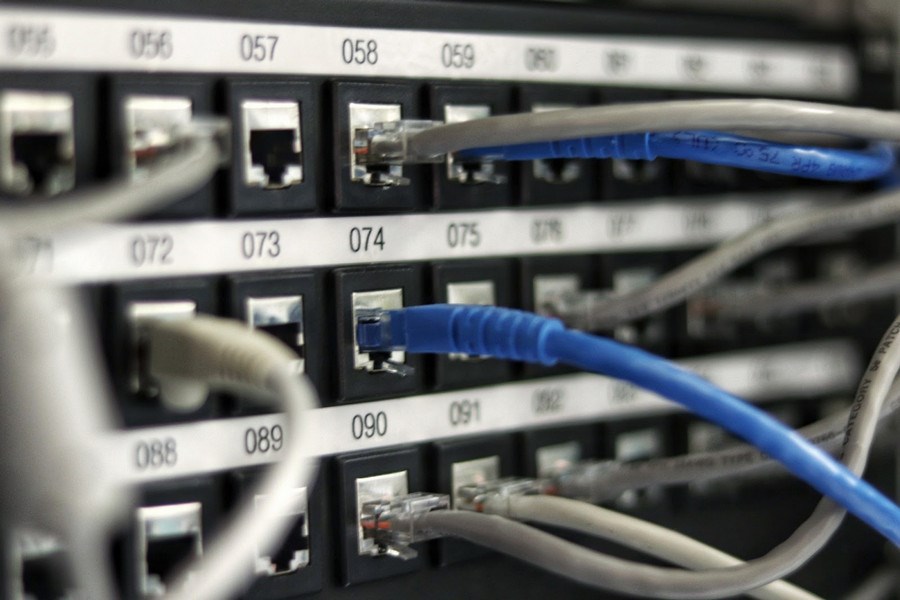
There are two main types of IP address – IPv4 and IPv6.
What Is an IP Address?
The IP (Internet Protocol) address is an address that identifies a computer or a device on the internet or within a local network.
An IP address is divided into two major groups: internal (or private) address, and external (or public) address.
External addresses are assigned by your ISP and are unique. Internal addresses are assigned by your router or network administrator and will be unique in your network but can be repeated in other networks.
Consider an IP address similar to how a physical address works.
Your property has a unique door number, street address, and zip code. Using this information makes it easy to reach your destination, send a package, or locate the property.
Other streets will have the same house number but will have unique names and zip codes. The same as in IP addressing.
Your IP address does the same on the internet. It is where your computer can be found on the world wide web. The IP address is the unique identifier that distinguishes you from the rest of the zillion computers, networks, routers, websites, and devices online.
An IP address is a string of numbers, expressed as four groups of three numbers (for IPv4), each separated by periods. Each number in the group can range from 0 to 255.
An example of an IP address might be 196.128.1.1 (this is an internal network address).
Have you ever visited this website – 172.67.166.64?
You would have ended up at our website – https://git-staging.wpastra.com.
Guess what? Both the IP address and URL take you to the same place.
Every web server has an IP address. It’s just that we don’t use them for visiting websites. Imagine memorizing a set of numbers as compared to a friendly URL!
Back in the days when the internet was still evolving, you had to know a website’s IP address to visit it.
Then came Domain Name Service (DNS). This translated IP addresses into user-friendly domain names that we are so used to today.
Servers and internet devices communicate using IP addresses but this isn’t user-friendly. So a system had to be designed to allow humans to navigate online without having to memorize strings of numbers.
That’s where DNS comes in. DNS uses huge databases that link a web server IP address with the domain name of the website.
So when you type in www.wpastra.com, DNS translates the URL to 172.67.166.64 and sends you to the web server where our website is hosted
This essentially is how the entire world wide web works.
IP addresses are not just random numbers. They are allocated by IANA (Internet Assigned Numbers Authority), a division of ICANN (Internet Corporation for Assigned Names and Numbers).
ICANN is a non-profit organization established in the United States in 1998 that helps maintain the security of the internet and allows it to be usable by all.
When a domain is registered on the internet, it goes through a domain name registrar, who in turn pays a small fee to ICANN to register the domain.
It’s essential to have an IP address for sending and receiving information on the internet. It’s how internet traffic is routed to where it needs to go.
Want to check your IP address?
Plenty of online tools are available to help you identify your IP address. One is https://whatismyipaddress.com/.

IPv4 vs. IPv6: The Future of the Web
Every device on the internet has an IP address. It’s how devices communicate with each other.
Just like every house has a unique door number in a physical address, every device in the digital world has an IP address assigned to it. This helps route data to the right destination.
With the number of devices increasing every day, the demand for IP addresses increases accordingly.
The original version, IPv4, may not serve the growing needs of the internet world. IPv6 was created to address this. IPv6 uses a 128-bit address format and offers 1,028 times as many unique addresses as IPv4. We leave the maths to you!
Do you use IPv6 yet? Are you planning to anytime soon? Share your thoughts on IPv6 below!
Disclosure: This blog may contain affiliate links. If you make a purchase through one of these links, we may receive a small commission. Read disclosure. Rest assured that we only recommend products that we have personally used and believe will add value to our readers. Thanks for your support!
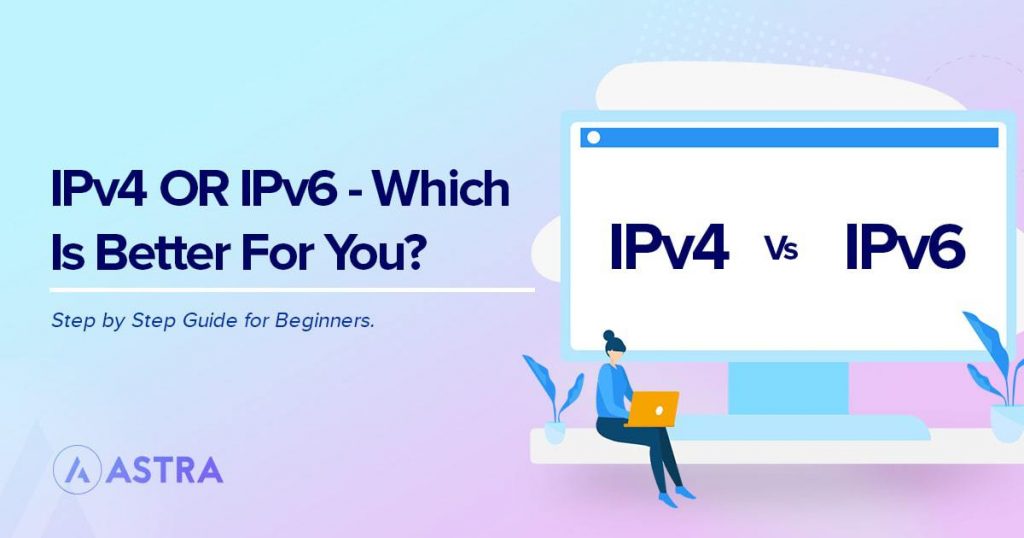
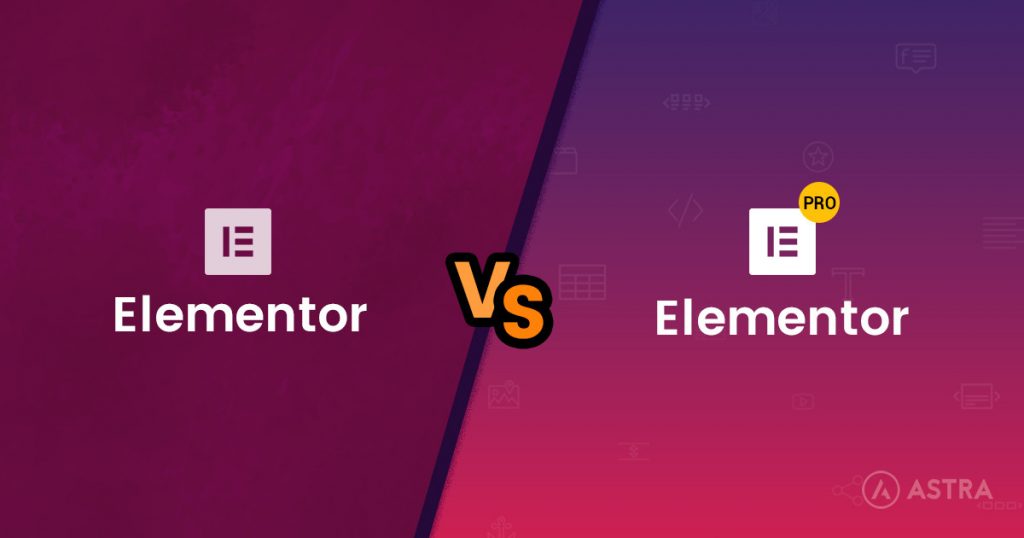
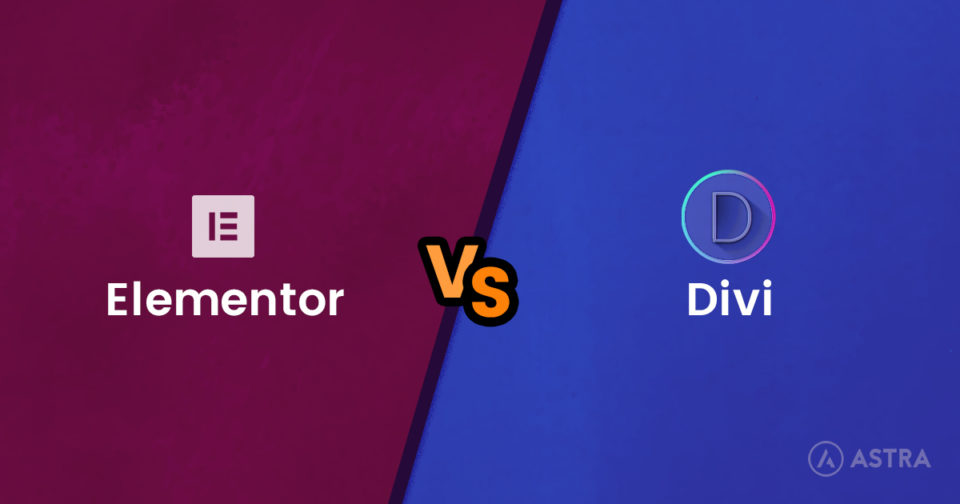

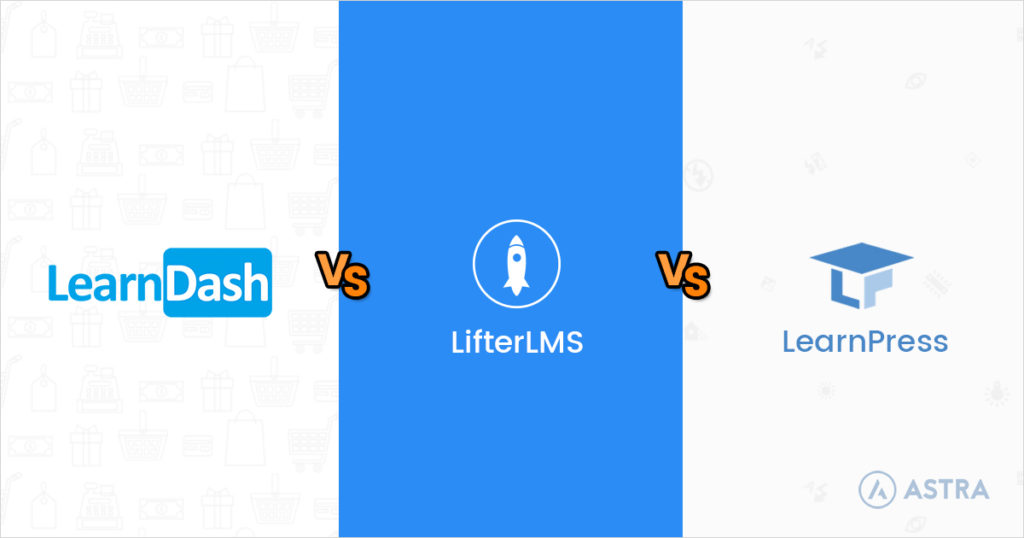

When we can expect the use of IPv6 instead of IPv4?
Hello Farhan, it would be some time for IPV4 to be replaced. But IPV6 would co-exist as of now until we completely move to it.